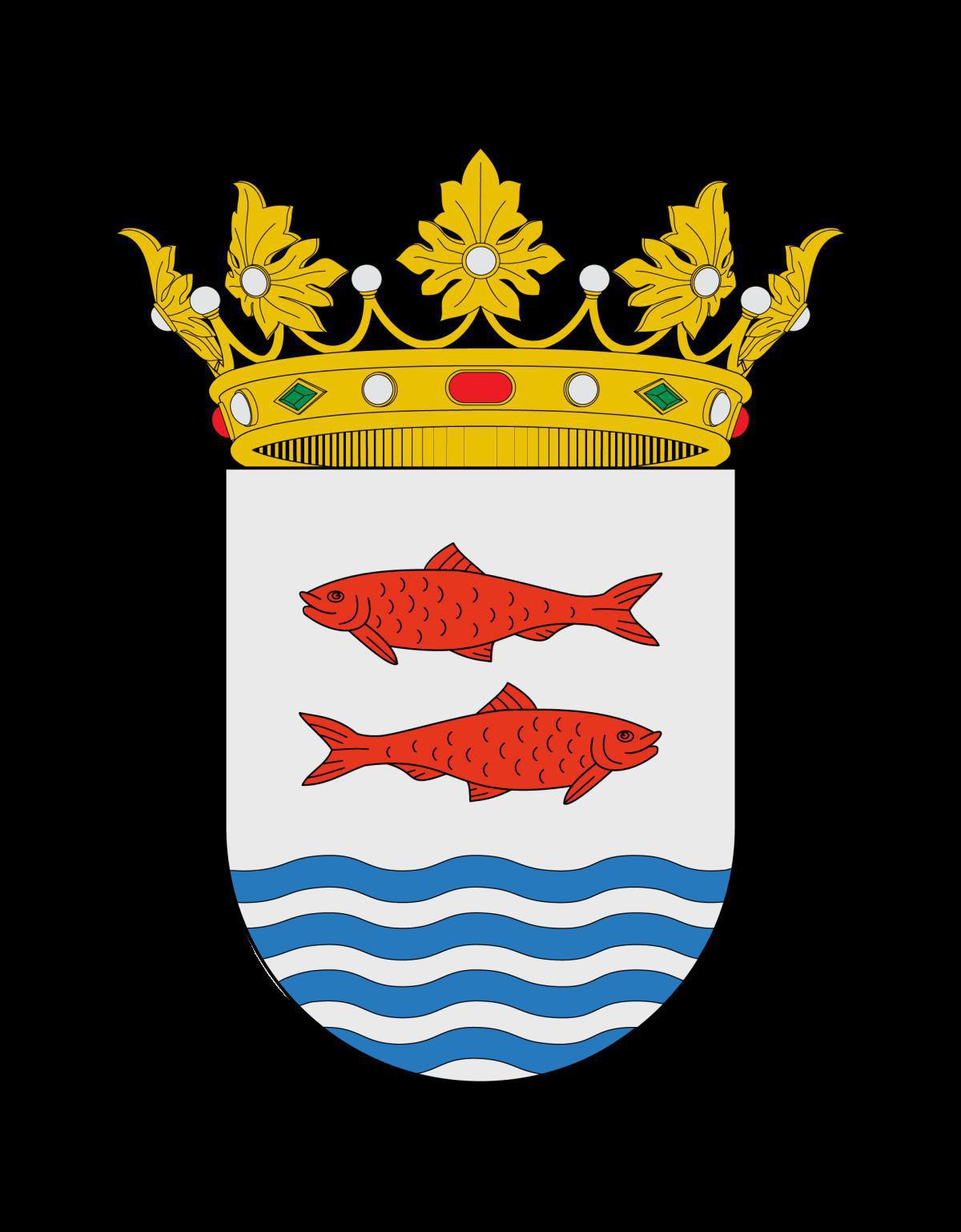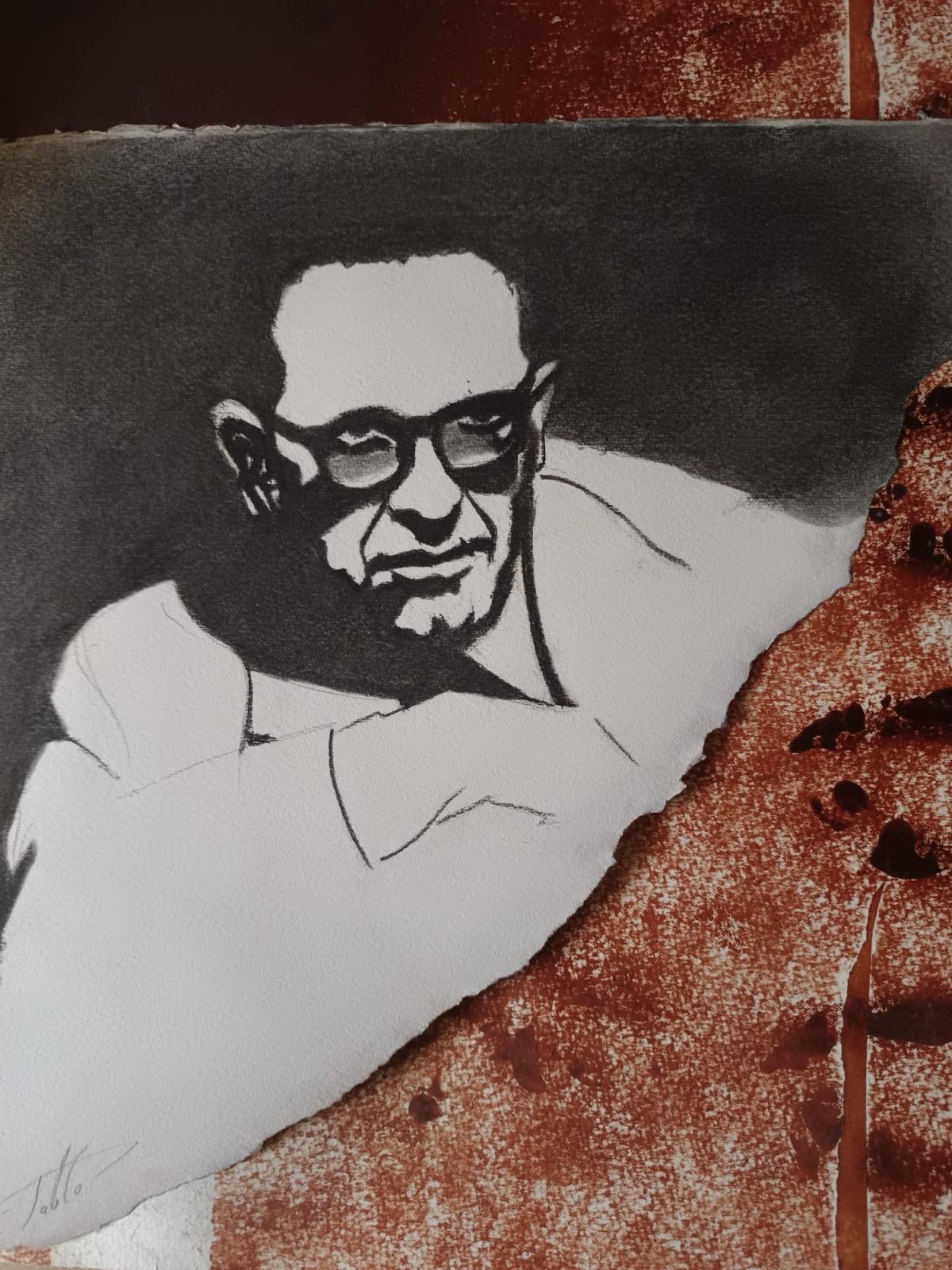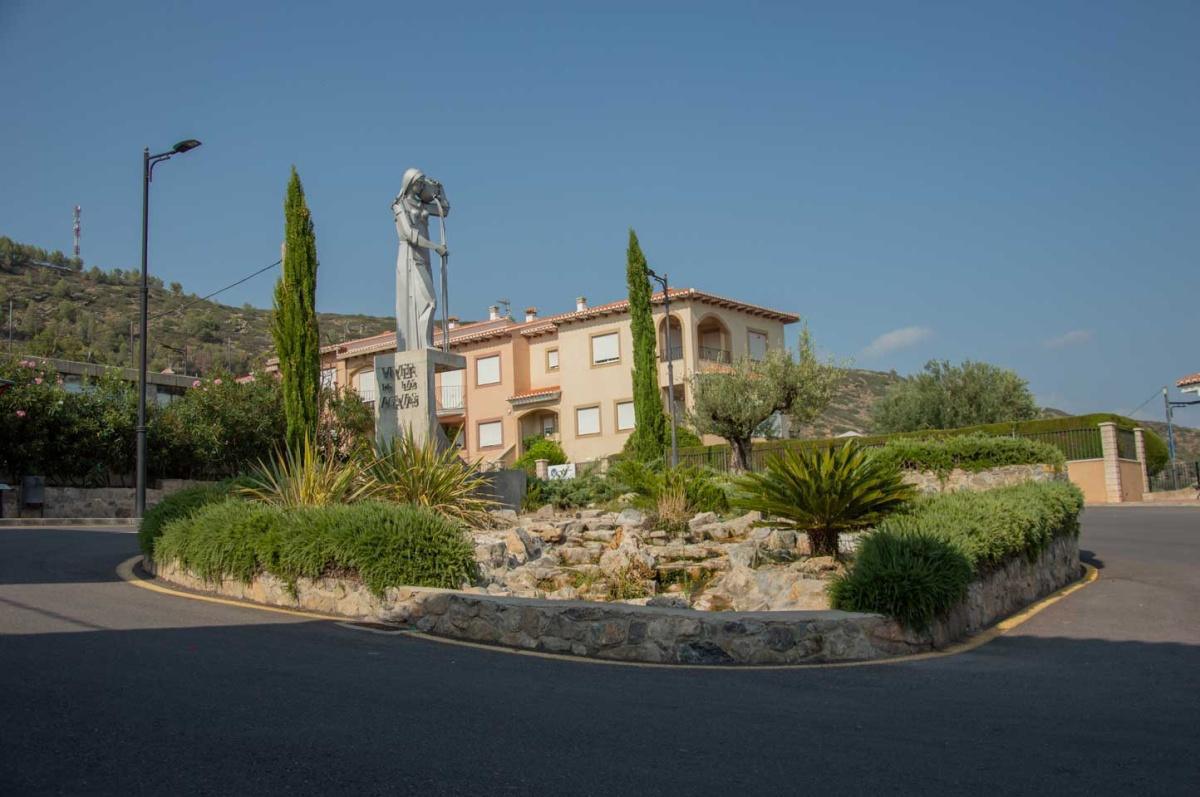
Viver and its history
Viver CS VC
Viver, also known as Viver de las Aguas, is a town in the Valencian Community, Spain. It belongs to the province of Castellón in the comarca of Alto Palancia. It is located to the southwest of the province of Castellón, in the valley that joins the Valencian Community with Aragón, at 559 m. altitude.
Situated in a privileged natural area, its municipal district, surrounded by the foothills of the Iberian mountain ranges (Javalambre), is open to the Mediterranean Sea through the winding course of the river Palancia, the main geographical feature and spectacular natural space into which the numerous ravines and springs scattered throughout the territory flow.
Furthermore, the municipality is located in the historic and ancient natural passage from the coast to the interior, at a strategic border point between the ancient kingdoms of Valencia and Aragón-Castellón, 70 km from Castellón de la Plana, Valencia and Teruel.
It belongs to the judicial district of Segorbe. Its municipal district covers 50 km² and is known as Viver de las Aguas because of the more than fifty springs that are distributed throughout its geography.
In the beginning...
The magnificent geographical and climatic conditions made Viver an ideal place for the settlement of human groups, a clear example being the natural site of Sargal, already inhabited since the Upper Palaeolithic.
There is also evidence of a dense occupation of this strategic territory during the Iberian period (archaeological remains of settlements and a tower near the river). However, it was not until 193 B.C. that Marcus Pontius Cato ‘the Elder’ founded a village in this place with the name of Belsino, later the Romans themselves changed the name to Vivarium, from which the current name derives, probably due to the construction of a complex of fish hatcheries in the natural area of La Floresta (hence the fish symbol that presides over the heraldic coat of arms of Viver).
The Islamic period saw the settlement of small, self-sufficient farmhouses in this mountainous area, which were conquered in around 1238 by the armies of the monarch Jaume I.
On 12 April 1367, Viver was granted a town charter by Juan Alonso, at that time a territorial lord, in which it was declared an independent town and repopulated by a Christian population.
Subsequently, this town was inherited, returned to the King and finally sold to the Duke of Calabria, Viceroy of Valencia in 1537; on 26 October 1550 the Duke died, bequeathing his property to the monastery of San Miguel de los Reyes in Valencia, founded by him, and the religious of the Order of the Minim took possession of Viver until the end of the seigniorial regime in the 19th century.
During the Spanish Civil War, in 1938, it formed part of the XYZ Line that defended and stopped the advance from Teruel of the Nationalist troops on Valencia, and suffered serious damage to its heritage. In 1945 the restored Parish Church and the houses rebuilt by Regiones Devastadas were inaugurated.
Max Aub and Viver de las Aguas
"The little water is made to run with the smell of the earth. The still water is frightening, the living ditch of Viver, unroll yourself, it catches you, it reaches you, it eats you alive, it swirls and swirls your eggs and your lichen as if it were your own tail!
"Field of almond trees"
Max Aub.
Max Aub spends the summer of 1935 in Viver, from June to September, as they used to do in the old days. In the summer of 1936 they did not come to Viver because Perpétua Barjau, Max's wife, was pregnant. She gave birth to Carmen, their third daughter, at the end of July. Before the summer of 1935 they had spent the summer at Las Arenas in Valencia. Their daughter Elena's lung disease was the reason why the doctors advised Max to stay in a drier climate and at a higher altitude. At first they chose the spa resort ‘El Paraíso’ in Manzanera, but they soon changed their holiday destination to Viver. The reasons for the change seem clear. In 1914, when the First World War broke out, the Aub-Mohrenwitz family, of Jewish origin, emigrated to Valencia and took up residence there. He enrols at the Luis Vives secondary school, the only secular school in Valencia, where he meets and shares studies with José Gaos, Genaro Lahuerta, Fernando Dicenta, Manuel Zapater... He maintains a deep friendship with all of them throughout his life. Also in exile.



